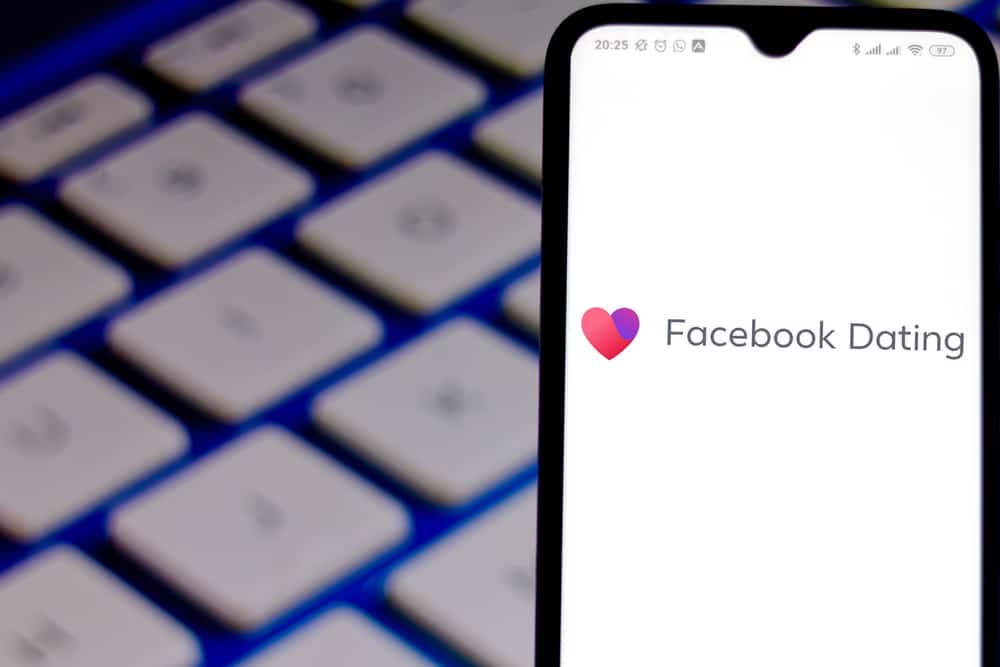10 Ways to Tell if an Email is Fake
Michelle Wilson - March 1, 2023

Spam email filters have prevented many headaches for those who frequently use this form of communication. They omit the spam from the primary inbox and keep them separated in a different section of the email, thus making the inbox less muddled. For example, no one wants to see a phishing message mixed in with important emails regarding work or personal affairs. In this sense, spam filters are vital not just in an organizational context but also because it helps the user avoid opening the email.
However, one way or another, these sketchy emails can sometimes bypass this filter. The scary thing is that these messages can initially come across as genuine, making their legitimacy a complete mystery until it’s too late. Despite this, it is not impossible to spot fraudulence. There are often some details hiding in plain sight that reveal the fact that the email is fake. By paying close attention to these signs, one may protect themselves from any potential damage from opening a fake email.
Table of Contents
Why do scammers use email?
First and foremost, it is important to explain why emails are a favorite among most scammers. Whether used professionally or privately, emails are crucial in many people’s lives. Conveniences aside, there are a few drawbacks to consider when using it. Scammers are aware of just how essential emails are as a whole, and they also know about how they can abuse this type of system. With more people connecting via email today, these shifty individuals can swindle unsuspecting email users.
An array of factors make emails appealing as a method of attack for scammers and other cybercriminals. Because email accounts are largely free, anyone can set one up without much knowledge – if any – about scams. Moreover, sending multiple emails is easy, and the process is extremely fast. If the device has an Internet connection, sending and receiving emails can be done anywhere (laptop, phone, etc.).
1: The Company Domain Is Not Used
If the email is sent from a company or a person claiming to be a company representative and the address is not that company’s domain name, it is not authentic. For example, a local business or doctor’s office is less likely to contact its clients using a Yahoo account. However, by hovering over the sender’s name, email users can run a quick background check and uncover the sender’s email address.
2: Misspelling the Domain Name
Another hint indicating an email is fraudulent derives from the domain names, which complicates the previous sign. Anyone can purchase a domain name, and while they need to be distinctive, creating addresses that are unique from the ones being spoofed is not hard. Scammers will often use a fake domain with few chances from the actual domain. For example, they may use a capital letter rather than a lowercase or a number instead of a letter.
3: The Inclusion of Suspicious Links
Shady links and attachments pose a danger to those who click on them. On top of phishing purposes, scammers also use them to infect the recipient’s system with viruses. This tactic is also popular with scam texts. Clicking on them will put the computer’s security – as well as that of every other device connected to the network – at serious risk. To check its validity, hover over the link, and the destination address should appear onscreen.
4: An Out-of-Character Greeting
Oftentimes, the way the email starts is all a person needs to tell if the email is genuine or not. For example, suppose an email from a work colleague has a greeting that is a little too casual or from a family member that is uncharacteristically formal. In that case, chances are good that the email is fake.
5: The Tone Stresses Urgency
Emails that are quick to threaten negative consequences unless the recipient does what is asked should be treated with apprehension. These types of messages will typically apply a sense of urgency to what is written or will demand immediate action from the receiver. The scammer relies on the email stressing the recipient out enough that they will do what is asked without thinking it through.
6: Bad Spelling and Grammar
One of the more notable ways to tell if an email is fake is the message’s spelling and grammar. Scammers often operate under the assumption that if someone overlooks the way the message is written, they won’t notice any clues regarding the scammer’s intent. Emails that are actually sent from a professional source will be free of any spelling or grammatical errors. The presence of multiple mistakes of this nature makes it obvious that the message was not written by the professional they are claiming to be.
7: The Email Is Short and Vague
Fake emails generally walk a fine line between being overly detailed and lacking viable information. While most of these messages will be excessive with various details in an attempt to disguise their objective, others will sometimes provide limited information. For example, a spoofed email may contain an unclear “here is what you requested’ message and an equally unclear “additional information” attachment.
8: Unexpected and Unsolicited
Not every email in someone’s inbox is expected, and that is usually a huge indicator of the email’s fraudulence. For example, out of the blue, someone may receive an email from a spoofed domain name that is written in a language and tone that insinuates a prior interaction that never happened. Alternatively, it could be a job offer from a place the recipient never applied for or knew about. If the unexpected or unsolicited email asks for or offers something, it is, in all probability, a fake email.
9: Asking for Personal Information or Credentials
Another tactic a scammer will use is to create a bogus landing page that recipients will be directed to after clicking a link in a seemingly authentic email. This page will either contain a login box or request a payment in order to resolve an issue. If this was an unexpected email, the individual receiving it should visit the website the email claims to be sent from by typing in the URL instead of clicking on the provided link. This will help them avoid entering their login information on the fake website or sending money to the scammer.
10: Winning a Contest You Never Entered
This is one of the easiest ways to tell if an email is fake. The message will inform the recipient that they recently won a contest and need to claim their prize by replying to the email or clicking a provided link. However, the person receiving the email never entered the said contest.
Conclusion
From typos to dubious links, there is no shortage of ways to identify an email as being fake. Above all else, going with one’s gut is an ideal way to determine an email’s legitimacy.












